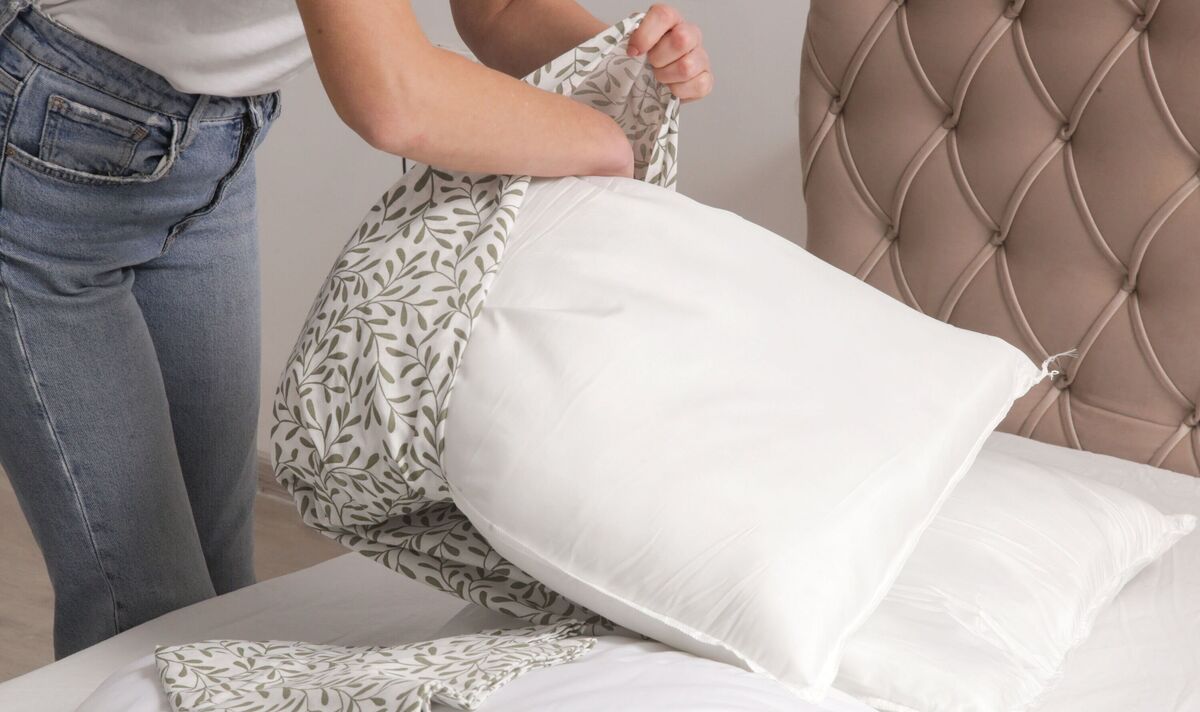
A top cleaning expert has revealed the optimum temperature to wash your bedding if you’re worried about the rise of scabies in the United Kingdom.
Making sure you wash your bed set and clothing will help reduce the risks associated with the disease. And it seems there is a key temperature to reduce any concerns.
Baqir Khan, owner of Proactive Cleaners, said you can reduce the chance of scabies contamination by making sure you have good personal hygiene practices, but also to make sure your home is clean, reported MirrorOnline. This is because cleanliness reduces the risk of picking up mites.
Baqir said blankets, pillowcases, sheets, and anything any clothes you wear to bed should be washed at 50c, reports the ECHO. He explained: “This temperature is the ideal heat for killing scabies mites and their eggs.
“Ideally, aim to wash these items at least once a week to minimise the risk of re-infestation.”
On top of making sure your bedding and clothes on a regular basis, he also recommended making sure your living spaces are spick and span, especially if you have carpet, rugs or upholstered furniture. To prevent mites from spreading, if you’ve hoovered, you should dispose of the contents and clean inside the vacuum.
The NHS meanwhile reccomends clothing that cannot be washed is put in a sealed bag for three days until mites die. Once you’ve made sure your surroundings are thoroughly cleaned, you should make sure your personal hygiene is also up to scratch.
Washing your hands often with soap and water will lower your chances of picking up scabies, especially if you have been in contact with objects which could be infected. The cleaning expert said: “Regular nail trimming also lowers the chance of mites collecting under the nails, and encouraging everyone in your household to follow suit can make a significant difference.”
Scabies, caused by mites, is spread from close skin contact. It leaves an itchy rash that can take up to eight weeks to initially appear.
Symptoms include intense itching, especially at night and a raised rash or spots. Fortunately, a pharmacist can usually help you treat the condition. A pharmacist will recommend a cream or lotion that you apply over your whole body. It’s important to read the instructions carefully.







